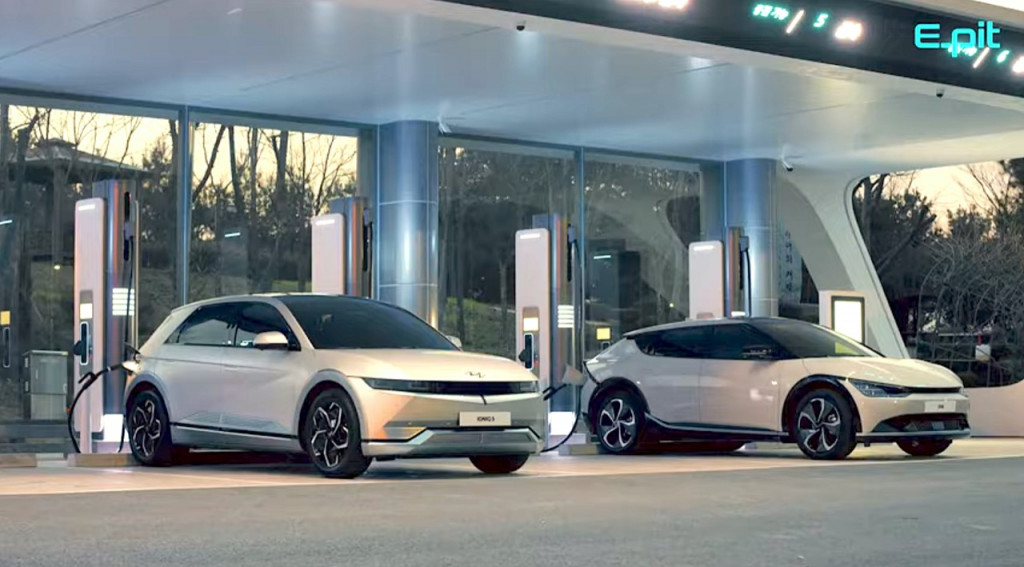At the 2022 Consumer Electronics Show (CES), Wallbox Industries will unveil its second-generation bidirectional home charging station for the North American market.
Like its predecessor, the Wallbox Quasar 2 can draw power from an EV's battery pack, allowing the car to serve as an emergency backup power source for homes. Bidirectional charging effectively turns electric cars into energy-storage units, giving homeowners more flexibility in energy use, Wallbox said in a press release.
Homeowners can also schedule charging sessions when electricity rates are low, store that power in their EV, and discharge it to power their homes when electricity rates are higher. Those with home solar installations can also store excess energy in an EV and use it during peak-rate periods, the company claims.
The Quasar 2 provides up to 11.5 kilowatts of power, and is compatible with the Combined Charging Standard (CCS) used by most new EVs. It connects to a dedicated app via WiFi, Bluetooth, a 4G data connection, or Ethernet.

Hyundai Ioniq 5 and Kia EV6 - Hyundai E-Pit fast-charging
The previous Quasar was only compatible with the Nissan Leaf—and the Nissan Leaf in the United States doesn't officially support bidirectional charging, even though it's part of the EV's CHAdeMO interface.
However, several automakers have announced bidirectional charging as a built-in feature for new EVs.
Volkswagen recently said that its EVs will support bidirectional charging as soon as later in 2022. The Hyundai Ioniq 5 and Kia EV6 will also support the tech, as their shared E-GMP platform was designed with bidirectional charging in mind.
Ford also has big plans for bidirectional charging in the F-150 Lightning pickup truck. The automaker has claimed the Lightning will be able to serve as a supplementary home energy source, albeit with some added equipment. Ford has its own bidirectional home charging station, and plans to offer a Sunrun home solar package to customers as well.












